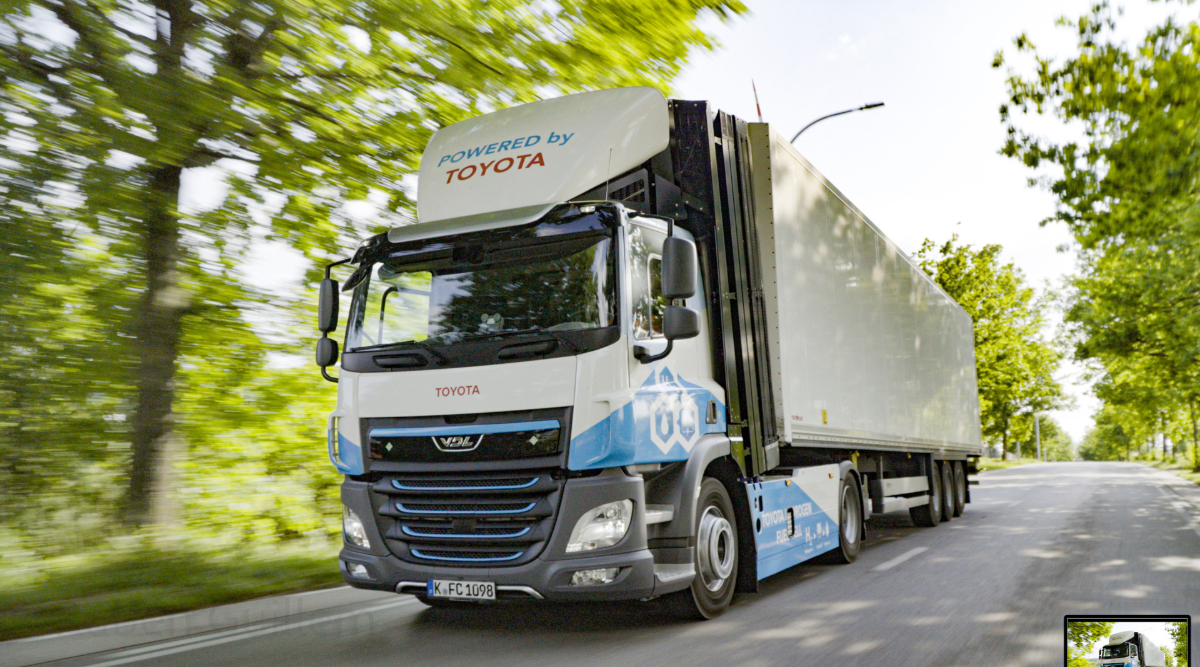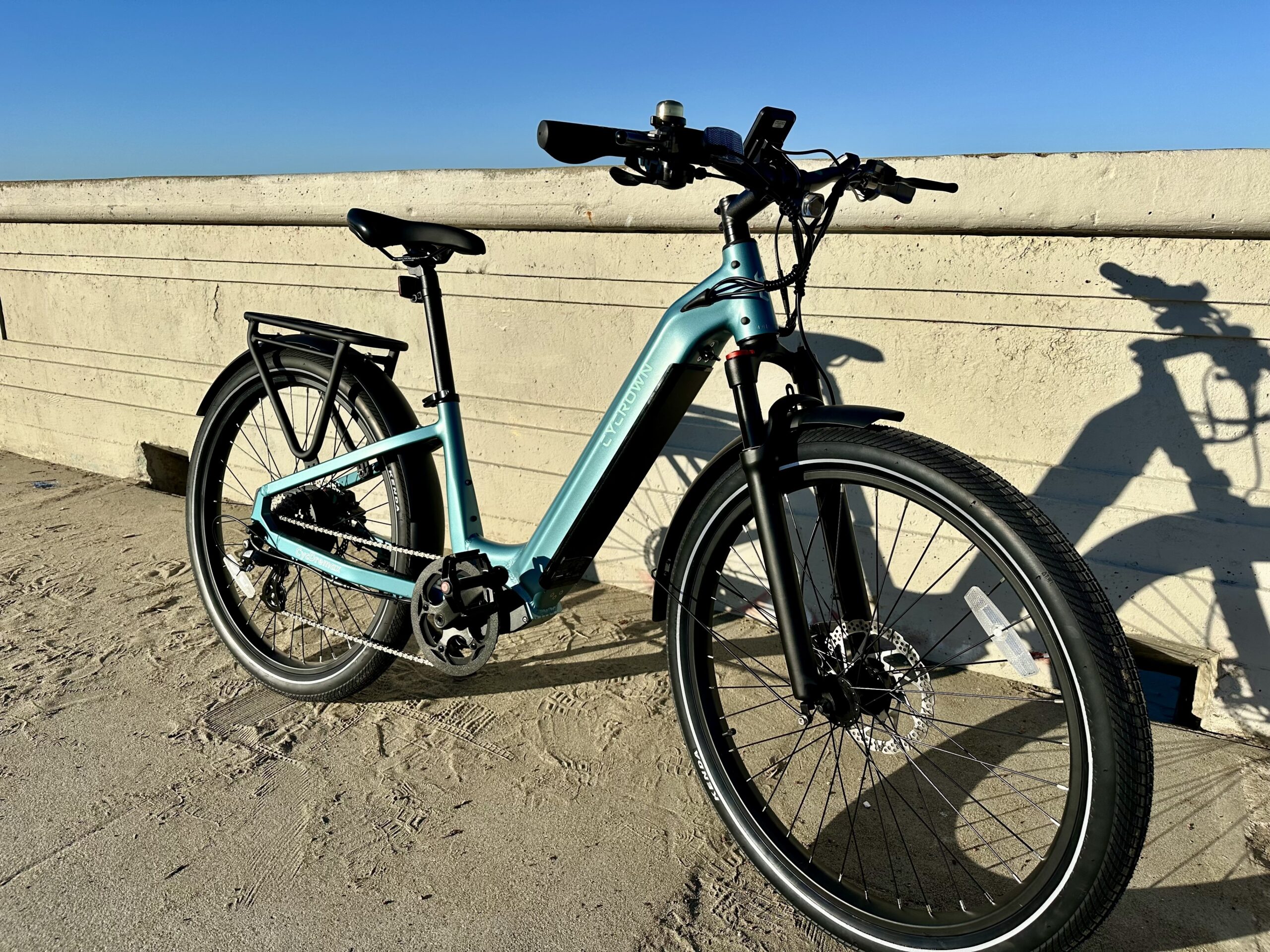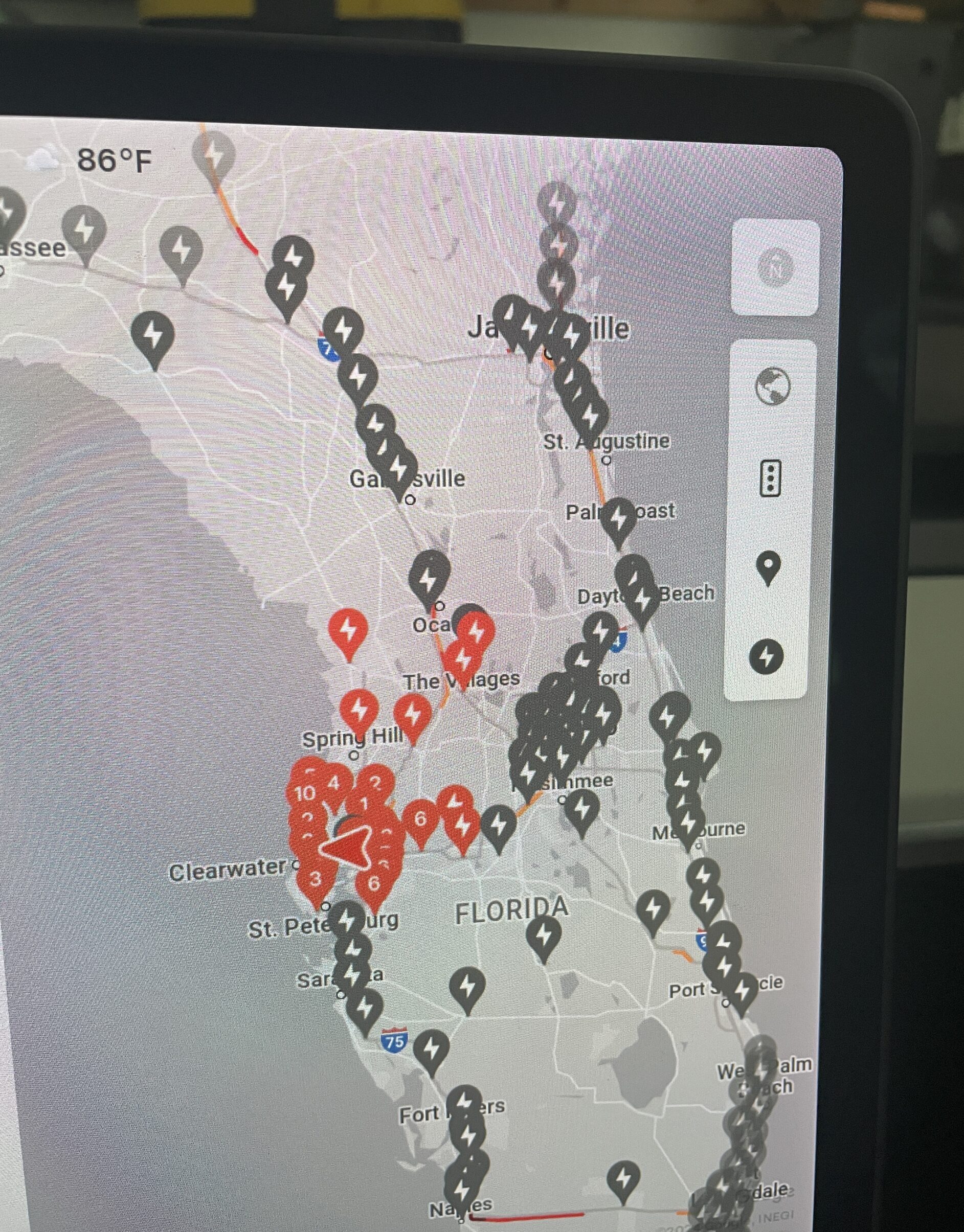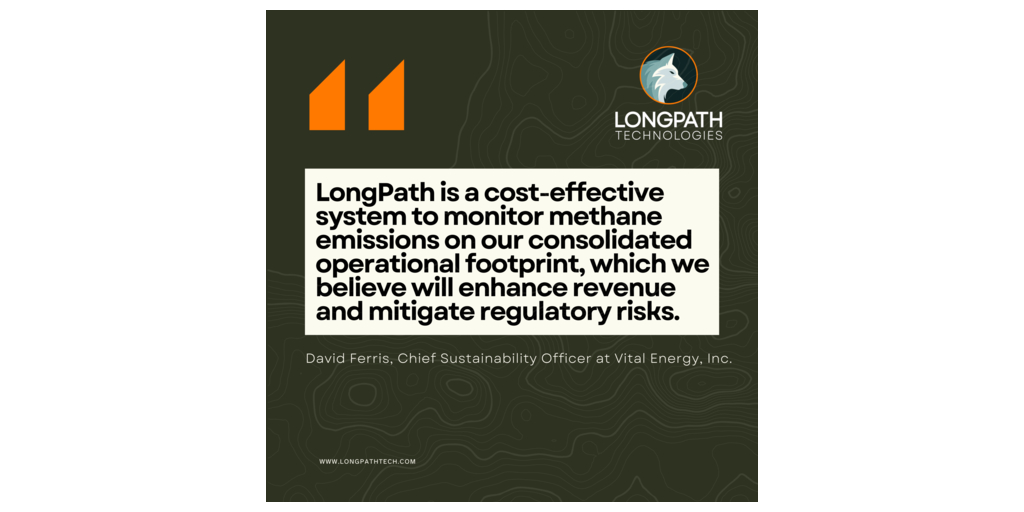CleanTechnica is fortunate to have Michael Barnard as part of its crack team of reporters. When it comes to the economics of using hydrogen as a transportation fuel, there are few who have the depth and breadth of knowledge he does. The problem with hydrogen is that promoting it requires a form of thinking known as magic realism. It is a staple for writers of fiction because it allows them to create stories that appear plausible but which are not actually possible in the real world where scientific principles apply. People who teach literature often describe the process for the reader as the “willing suspension of disbelief.”
There is plenty of willing suspension of disbelief when it comes to hydrogen. The problem is, we desperately want the allure of hydrogen to be real — emissions-free power for our cars, trucks, locomotives, ships, and airplanes. Who wouldn’t be seduced by such an appealing prospect? The theory of hydrogen-powered transportation is one thing; the reality is something else entirely.
There are two problems with hydrogen as a fuel: 1.) It is not zero emissions if it is derived from fossil fuels. In fact, the conversion process creates great quantities of carbon dioxide. Only hydrogen made by splitting water molecules into their component parts using electricity from renewable energy sources is truly zero emissions. 2.) The cost of green hydrogen is much too high to be commercially feasible.
Those who advocate for hydrogen as a transportation fuel are engaging in a form of magic realism by ignoring the emissions problem or glossing over the cost barrier. And yet, the drumbeat for hydrogen continues unabated.
Hydrogen Trucks From Toyota & VDL

In a press release on June 19, 2025, Toyota Motor Europe announced a partnership with VDL Group in which four heavy trucks equipped with next-generation Toyota fuel cells are now transporting cargo between freight terminals in Belgium, France, Germany, and the Netherlands.
“Toyota has joined forces with its logistics providers … to introduce the zero tailpipe emission* heavy duty trucks to its logistics operations. Toyota, together with these logistics providers, will continuously evaluate the performance of the fuel cell trucks in the daily operations of Toyota Parts Centre Europe, which processes more than 500,000 parts and accessories every day.
“The 40-tonne fuel cell truck delivers similar performance as a diesel truck, but with zero tailpipe emissions on similar routes, as its motor is powered by electricity generated from hydrogen combined with oxygen. With one single refuelling, the vehicle can travel up to 400 km under real-world driving conditions. Additionally, the vibration-free electric motor reduces disturbance to the community the truck passes through, while significantly improving driving comfort.”
Sharp-eyed readers will notice the * after the words “zero tailpipe emissions” in the first sentence of the press release. Scroll down to the bottom of the press release and you will find this additional information: “’Zero tailpipe emissions’ refers to the powertrain where no greenhouse gases or harmful particles are emitted by the tailpipe while driving. Only H2O is emitted by the tailpipe. Emissions may still exist at other stages of the product lifecycle (extraction, manufacturing, logistics, maintenance, recycling/scrapping…) but also during use (tyres, brakes…) and the production of hydrogen, depending on its source.”
“Depending on its source” is the important part. In parts of Europe, green hydrogen is generally available, thanks to the availability of zero-emissions electricity from hydroelectric facilities. Norway in particular has an abundance of hydropower. But unless the hydrogen used in these trucks comes from such sources, this press announcement is little more than greenwashing.
Electrive adds more context to the announcement. “Toyota is still not providing any technical data on the VDL hydrogen lorries,” it says. “Toyota’s well-known fuel cell module for third-party customers is available in two versions for vertical or horizontal installation, depending on the available installation space. The modules are each available with a rated output of 60 or 80 kW and are designed to cover a voltage range of 400 to 750 volts. Two of these modules are probably necessary for the power requirements of a lorry. However, no data is known about the electric drive, the buffer battery or the H2 tanks.”
The four fuel cell powered trucks are part of a five year evaluation program that Toyota says is part of its goal of offering zero-emissions vehicles by 2040. The CleanTechnica crew gives this announcement a rating of “meehhh.”
Airbus & MTU Hydrogen-Powered Aircraft Partnership

In a June 18, 2025, press release, Airbus and MTU Aero Engines announced the signing of a memorandum of understanding that will accelerate progress toward hydrogen fuel cell propulsion for aircraft. The partnership will combine the expertise of Airbus and MTU Aero Engines. Airbus has made a decision to focus its research efforts on hydrogen-powered aircraft with a fuel cell engine, an area in which MTU has developed expertise with its Flying Fuel Cell concept.
The partnership will pursue a three-step plan. The first step will involve creating the technological building blocks needed for hydrogen fuel cell powered aircraft engines. The second step will involve “aligning the companies’ road maps on hydrogen technologies. The result of these joint explorations then would allow the parties to consider a third step towards the development of a fuel-cell engine for a hydrogen powered aircraft,” the press release said. Once again, CleanTechnica readers may find themselves asking, “Where’s the beef?”
“Our focus on fully electric fuel cell propulsion technology for future hydrogen-powered aircraft underscores our confidence and progress in this domain,” said Bruno Fichefeux, Head of Future Programs at Airbus. “Collaborating with MTU, a leader in engine manufacturing and innovation, is a perfect complement to our own advancements. This partnership will allow us to pool our collective knowledge, accelerate the maturation of critical technologies, and ultimately deliver a revolutionary hydrogen-powered propulsion system for future commercial aircraft. Together, we are not just imagining a sustainable future of flight, we are actively pioneering it.”
“As a globally recognized engine expert, we are driven by the vision of a revolutionary propulsion concept that allows virtually emissions-free flight,” said Dr. Stefan Weber, SVP for engineering and technology at MTU Aero Engines. “Today, we are at the center of a wide-ranging eco-system of partners aiming to achieve the complete electrification of the powertrain by using fuel cell technology. Partnering with Airbus opens up the possibility to jointly address both technology maturity and platform integration aspects. Our joint efforts in the years to come are the first step in paving the way for a potential product development in the future.”
Airbus has an ambition is to bring a hydrogen-powered commercial aircraft to market. In March 2025, the company announced it was focusing on a fully-electric fuel cell propulsion system. “Beyond the aircraft technologies, Airbus will continue to foster the emergence of a hydrogen aviation economy and the associated regulatory framework, which are also critical enablers to the advent of hydrogen-powered flight at scale,” the press release said. MTU added it expects to begin short-hop commercial flights in 2035.
Getting High On Hydrogen
Both of these announcements are all very nice, pie in the sky (no pun intended), clean transportation news. And in a setting where any progress toward addressing carbon emissions is now discouraged, at least in the US, because it does not conform to the fossil fuel religion, any progress is welcome. Still, too little too late is a phrase that comes to mind after reading both of these announcements.

Sign up for CleanTechnica’s Weekly Substack for Zach and Scott’s in-depth analyses and high level summaries, sign up for our daily newsletter, and follow us on Google News!
Whether you have solar power or not, please complete our latest solar power survey.
Have a tip for CleanTechnica? Want to advertise? Want to suggest a guest for our CleanTech Talk podcast? Contact us here.
Sign up for our daily newsletter for 15 new cleantech stories a day. Or sign up for our weekly one on top stories of the week if daily is too frequent.
CleanTechnica uses affiliate links. See our policy here.
CleanTechnica’s Comment Policy




